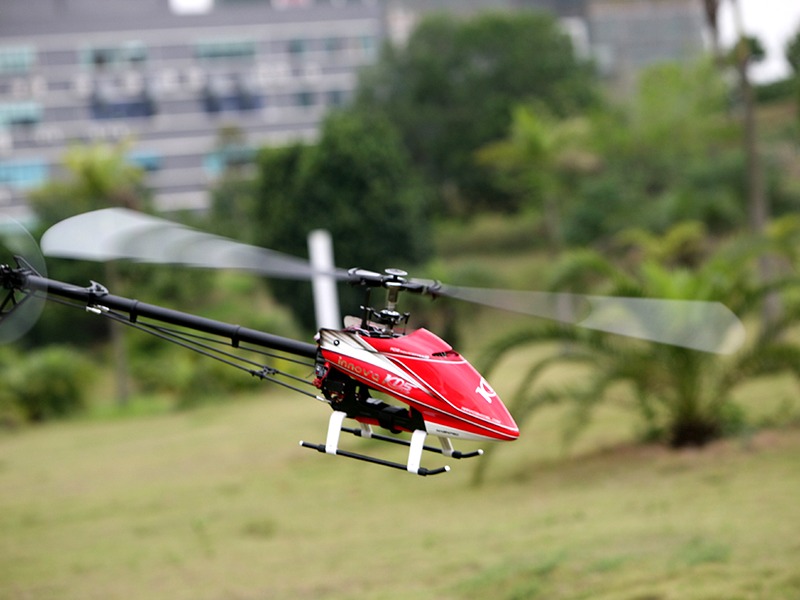What if a helicopter engine fails?

If a helicopter engine fails, the pilot must act quickly to ensure the safety of passengers and the aircraft. The first priority is to identify the cause of the engine failure and take corrective action. If the engine failure is due to a mechanical or fuel system fault, the pilot must shut down the engine and manage the aircraft to a safe landing.
If the engine failure is due to a bird strike, the pilot must take steps to minimize the risk of further bird strikes while managing the aircraft to a safe landing. The pilot should reduce the power of the engine by pushing the throttle to idle, lower the collective lever to minimize rotor speed, and increase the airspeed to maintain rotor RPM. If the engine failure is due to a fuel system problem, the pilot should check the fuel tank gauges and select tanks with fuel if available.
If the cause of the engine failure is unknown, the pilot must take appropriate steps to ensure safe flight. The pilot should reduce the power of the engine, lower the collective lever, increase the airspeed, maintain a positive climb rate, and use maximum allowable engine RPM to avoid overspeeding the rotor system. If the aircraft is equipped with an Autorotation system, the pilot should activate it. An Autorotation system can provide additional power to the rotor system in the event of an engine failure.
Once the pilot has identified the cause of the engine failure, appropriate corrective action can be taken. If the engine failure is due to a mechanical or fuel system fault, the pilot should take the necessary steps to identify and repair the problem. If the engine failure is due to a bird strike, the pilot should use caution when selecting a location for a forced landing. If the cause of the engine failure is unknown, the pilot should continue to manage the aircraft to a safe landing.
Once on the ground, the pilot should conduct a detailed inspection of the engine and associated systems to identify the cause of the failure. The pilot should also ensure that the aircraft is properly secured and passengers are safe and accounted for before leaving the aircraft. A post-flight inspection should also be conducted to check for any further damage that may have occurred due to the engine failure.
Engine failure is a serious incident and can place the aircraft and its occupants in hazardous situations. It is the responsibility of the pilot to act quickly and decisively to identify and address the cause of the engine failure while managing the aircraft to a safe landing. Taking appropriate corrective action, conducting a thorough post-flight inspection, and ensuring the safety of passengers and the aircraft are essential steps to take after an engine failure.
Comments / Question
2. Emergency Descent: An emergency descent is a maneuver used by helicopter pilots to rapidly descend to a lower altitude in the event of an engine failure. This is done by reducing the angle of attack of the rotor blades and allowing the aircraft to descend rapidly.
3. Glide Slope: A glide slope is a technique used by helicopter pilots to maintain control of the aircraft in the event of an engine failure. This involves using the lift generated by the rotor blades to keep the aircraft in the air and to safely land.
4. Forced Landing: A forced landing is a maneuver used by helicopter pilots to land the aircraft in the event of an engine failure. This involves using the lift generated by the rotor blades to keep the aircraft in the air and to safely land.
2. Loss of control: Without power, the pilot will be unable to control the helicopter and it will begin to descend.
3. Risk of crash: Without power, the helicopter will be unable to maintain altitude and will eventually crash.
4. Risk of fire: A failed engine can cause a fire due to the release of fuel and other flammable materials.
5. Risk of injury or death: Without power, the helicopter will be unable to maintain altitude and will eventually crash, potentially causing injury or death.
2. Regularly inspect the engine for signs of wear and tear, and check for any loose or damaged components.
3. Use only high-quality, approved parts and components.
4. Monitor engine performance and take corrective action if any issues are identified.
5. Follow the manufacturer's safety procedures when operating the helicopter.
6. Avoid operating the helicopter in extreme conditions or in areas with poor air quality.
2. Activate emergency fuel cutoff levers and ensure fuel supply has been terminated.
3. Prepare to execute an autorotation.
4. Listen to instructions from ATC or rescue personnel while evaluating the available alternatives.
5. Ensure passengers are properly restrained and briefed on emergency procedures.
6. Reach for and pull the rotor brake lever to stop the rotor and slow the descent.
7. Once at a safe altitude (preferably 500 ft) and airspeed (less than 55 knots), attempt a forced landing.
8. If a forced landing isn't possible, deploy the emergency flotation device and perform a water landing.
2. Unusual or noticeable changes in engine noise
3. Unexpected reduction in engine performance
4. Excessive smoke or visible oil leaks
5. Abnormal exhaust fumes or exhaust discoloration
6. Warning lights or messages appearing on cockpit displays
7. Engine shutdowns or failure to start

